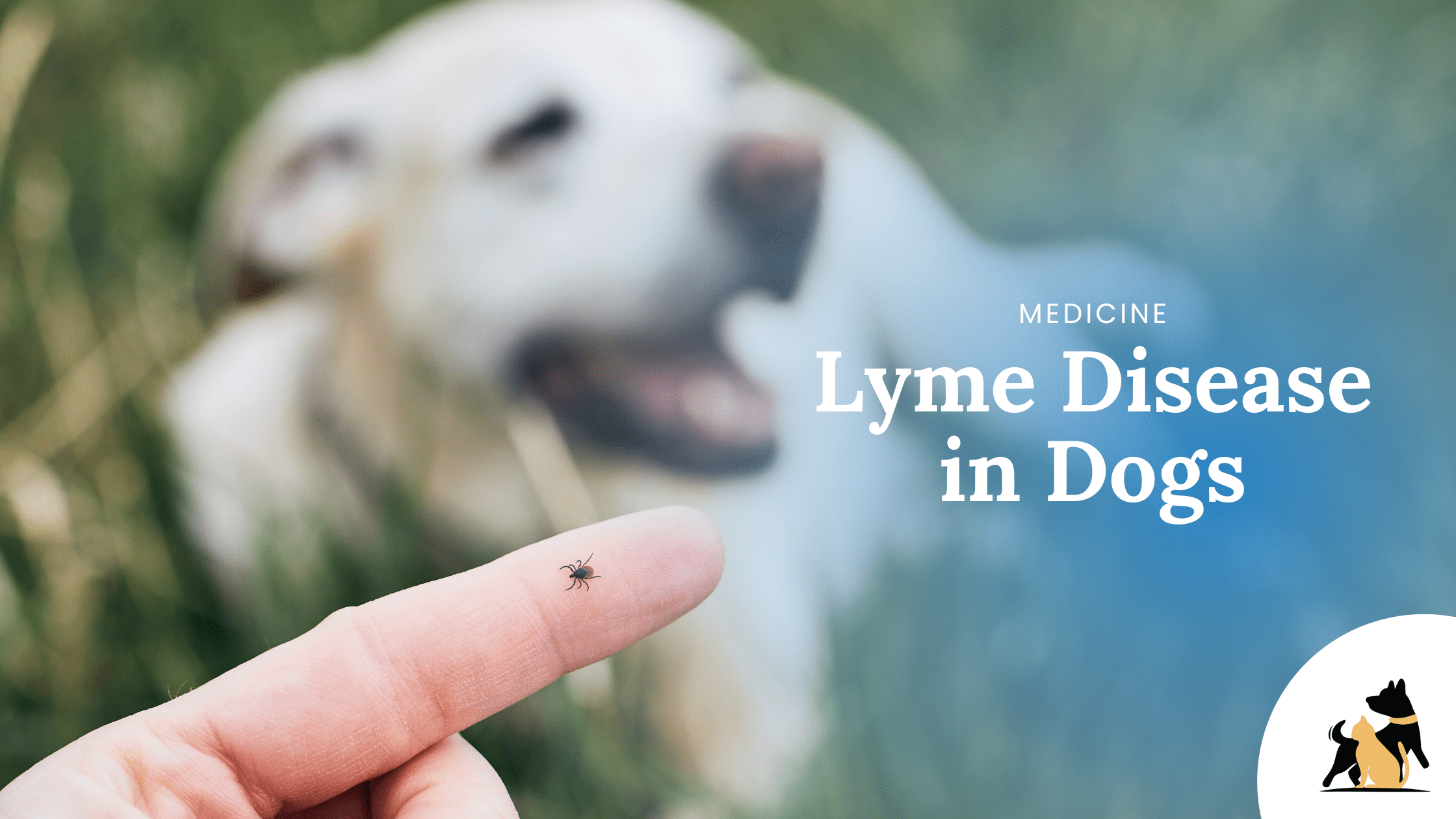Lyme disease is a significant health concern for dogs, caused by the bacterium Borrelia burgdorferi, which is transmitted through the bite of an infected tick. This disease can lead to severe complications if not promptly diagnosed and treated. Understanding its causes, symptoms, and prevention methods is crucial for every dog owner.
What is Lyme Disease?
Lyme disease is primarily transmitted by deer ticks, also known as black-legged ticks, prevalent in the Midwest, the eastern United States, and parts of Canada. These ticks carry the Lyme disease bacterium, which, once in the dog’s bloodstream, can travel to various parts of the body, often localizing in joints or kidneys (Lyme Disease in Dogs).
Can Lyme Disease Affect Humans?
Yes, Lyme disease can also affect humans. However, humans do not get it directly from dogs but from the same ticks that transmit the disease to dogs. Therefore, preventing tick exposure is crucial for both dogs and their owners (Lyme Disease in Dogs).
Clinical Signs of Lyme Disease in Dogs
Dogs with Lyme disease often exhibit a range of symptoms, including:
- Generalized pain and reluctance to eat.
- Walking as if they are in pain, often described as “walking on eggshells.”
- High fever.
- Sudden lameness that may shift from one leg to another.
In some cases, the disease can affect the kidneys, leading to symptoms like vomiting, lethargy, anorexia (loss of appetite), and weight loss. Kidney involvement is less common but can be fatal. Symptoms typically appear two to five months after infection, by which time the disease may be widespread(Lyme Disease in Dogs).
Diagnosis
Diagnosing Lyme disease involves several steps. Veterinarians typically look for symptoms like lameness, swollen joints, and fever. Blood tests can confirm the presence of antibodies against the bacterium. However, these tests can sometimes give false negatives if performed too early or if antibody levels are too low. Additional tests like PCR, ELISA, joint fluid analysis, and general blood and urine tests can also be used to assess the infection and its impact on the kidneys (Lyme Disease in Dogs).
Treatment
Lyme disease in dogs is treated with antibiotics, with doxycycline being the preferred choice. Treatment usually lasts for four weeks, though the infection can recur if the dog is bitten by another infected tick. It’s essential to complete the full course of antibiotics to ensure the bacterium is fully eradicated(Lyme Disease in Dogs).
Prevention
Preventing Lyme disease involves several strategies:
- Tick Control: Limiting your dog’s exposure to tick-infested areas, such as grassy, wooded, and sandy areas, is crucial. Keeping dogs on trails during walks can reduce the risk of tick bites.
- Tick Prevention Products: Various products can kill ticks and prevent disease transmission. These include topical treatments like Frontline Plus® and Bravecto®, as well as chewable options like Nexgard® and Simparica®. Consult your veterinarian to choose the best option for your dog(Lyme Disease in Dogs).
- Vaccination: Vaccinating your dog against Lyme disease is recommended if you live in or travel to areas where the disease is common. The vaccine is given initially in two doses, followed by annual boosters(Lyme Disease in Dogs).
Tick Removal
If you find a tick on your dog, it’s essential to remove it promptly and correctly. Use fine tweezers or a tick removal tool to grasp the tick close to the skin and pull it out steadily without twisting. This minimizes the risk of leaving mouthparts embedded in the skin, which can cause further infection. Always wear gloves or use a tissue to protect your hands and wash the area thoroughly after removal(Lyme Disease in Dogs).
Conclusion
Lyme disease is a serious but preventable condition. By understanding the risks, symptoms, and preventive measures, dog owners can protect their pets from this debilitating disease. Regular veterinary check-ups, proper tick prevention, and prompt treatment are key to ensuring your dog’s health and well-being.
Additional Resources
For more information on Lyme disease and its prevention, consult resources from reputable veterinary organizations and health agencies, such as the American Veterinary Medical Association (AVMA) and the Centers for Disease Control and Prevention (CDC).
By staying informed and proactive, you can ensure a healthy and happy life for your furry friend.


















